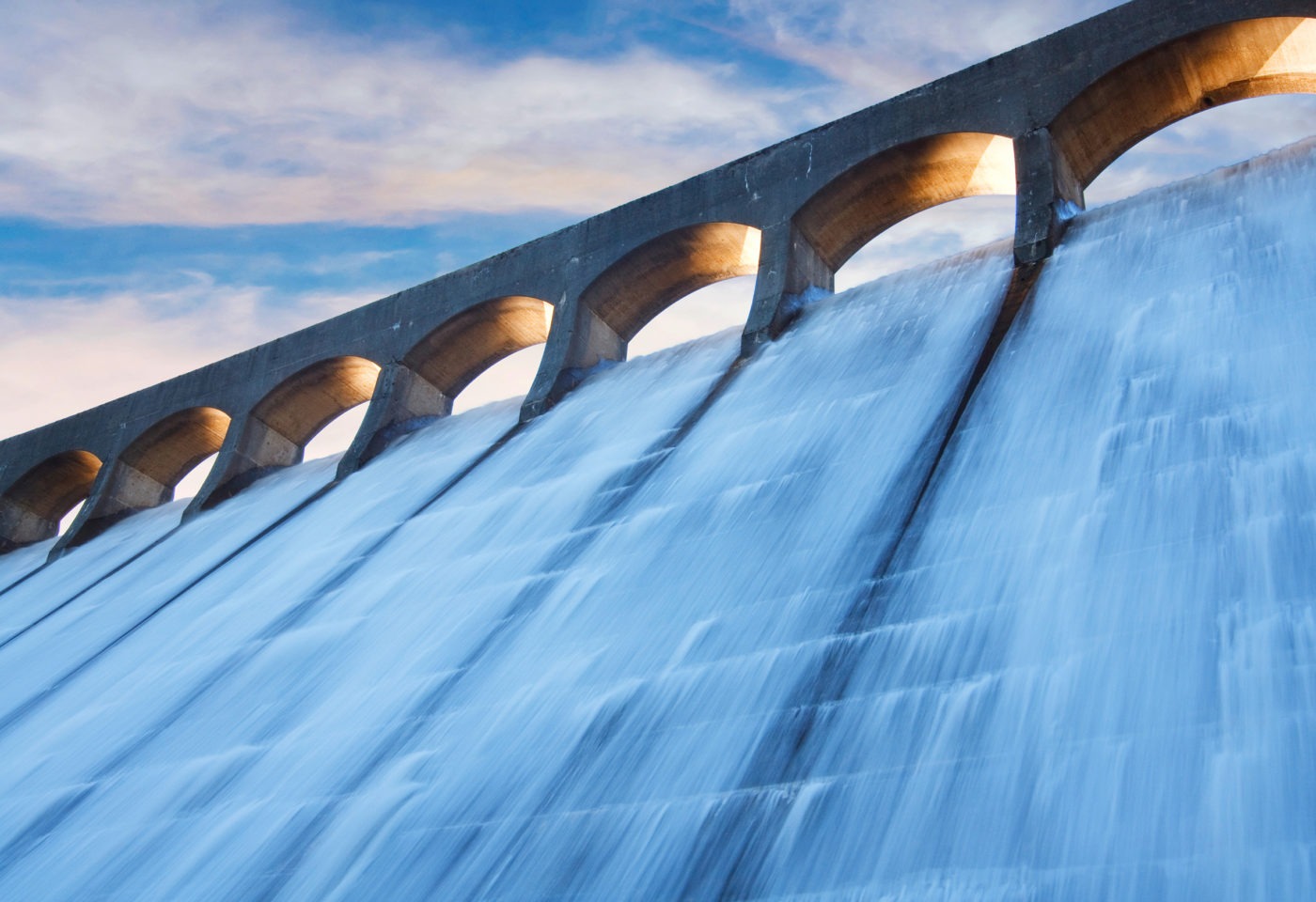By Naomi Christensen
In the Winnipeg Free Press
June 29, 2016
Western Canada prospers when the four provinces work together. Premier Brian Pallister acknowledged as much when he brought Manitoba into the New West Partnership.
Of the many ways in which Manitoba can add value, one of the most exciting recent developments is its potential to help Saskatchewan and Alberta solve the challenge of shifting to clean electricity without causing significant harm to their economies.
Those two provinces have the highest per-capita emissions from power generation in the country, and have made plans to substantially grow their renewable electricity capacity in just over a decade. Both see wind as the “cheapest” emission-free replacement.
We did our own analysis, however, for a research paper released Monday, entitled Power Up: The Hydro Option. It shows that over the long term, hydro outperforms wind in both reliability and cost.
Hydro has largely been absent from the renewable energy discussions, particularly in Alberta, but deserves serious consideration. Hydro is as reliable as coal, providing baseload power that is crucial to many of the industries operating in Saskatchewan and Alberta. Hydro is also more cost-effective than wind and solar. In Manitoba, the break-even price of electricity for wind is $86/MWh; for hydro developments, it ranges from $60 to 67/MWh. Large-scale solar (of which there is little in Canada) need prices closer to $100/MWh to be profitable.
Manitobans know first-hand the advantages of hydro. Of major Canadian cities, Winnipeg has one of the lowest residential prices and the lowest industrial price of electricity. A big reason is the capital costs of hydro infrastructure have largely been paid. Because of hydro’s lifespan of up to 100 years, Manitobans should benefit from low electricity prices for decades to come.
As Saskatchewan and Alberta consider the various low-emission replacements for coal-fired generation, consumers deserve a frank discussion about the real costs associated with each. One need look no further than Ontario to see how electricity prices skyrocketed in the shift to wind and solar.
There is potential to build large-scale hydro facilities, particularly in Alberta, but it comes with high upfront capital costs. Without a public utility, Alberta relies on private investment to build generation capacity, and getting capital for a hydro project would be tough.
Instead, interprovincial hydro imports could offer large-scale, reliable hydropower at a predictable price and in a timely fashion. These new Canadian customers could be the impetus to jump-start the stalled $10-billion Conawapa project on the Nelson River.
Although the idea of a western electricity grid powered by hydro is not new, two recent events make it a real possibility:
Saskatchewan’s and Alberta’s plans to double their capability to produce non-emitting electricity by 2030 requires adding significant amounts of new capacity over a relatively short timeframe.???The prime minister has indicated the federal government is open to financially supporting an integrated power grid that transfers clean energy between western provinces.?Attracting private investment is easier when the risk is reduced. The previous federal government did that by providing a $1-billion loan guarantee for a transmission line to move hydropower from Newfoundland to Nova Scotia. Similar action could facilitate construction of a transmission line stretching from Manitoba through Saskatchewan and into Alberta. Prime Minister Justin Trudeau promised more than $2 million in his first budget to study electricity infrastructure; he should direct some of the money into exploring the western grid option.
Building any linear infrastructure in Canada these days is challenging. Federal leadership in designating an interprovincial transmission line as green infrastructure could go a long way to increasing hydroelectricity use throughout all the western provinces.
As a cost-effective source of clean, reliable power, hydro should be given fair consideration in the discussion about changing the electricity mix in Saskatchewan and Alberta. Manitoba, with a wealth of both expertise and hydropower production, has a lot to offer its New West partners.
Naomi Christensen is a policy analyst with the Canada West Foundation, a non-partisan think tank focused on the concerns of western Canadians. https://cwf.ca/
